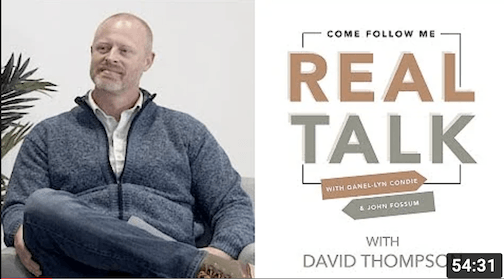Innovo Counseling and Therapy in Pleasant Grove, UT
Specialities - in-person or online
Sexual Addiction
Sexual addiction is addiction to any sexual behavior including lust, pornography, masturbation, or other sexual activities. It's characterized by an inability to stop when one wishes to.
Betrayal Trauma
This type of trauma occurs when a spouse experiences denial, lies, manipulation, crazy making and other emotional abuse from their partner who is attempting to cover up and conceal emotional, relational and/or sexual infidelity.
Disclosure with lie detection
Disclosure is the process of sharing all the information about your sexual history. We utilize a lie detector test to help this process, end the game-playing that is typical in couples with addiction and speed up the recovery timeframe.
Couples Counseling
Couples counseling is focused on finding less effective patterns of communication and behavior and replacing them with behaviors that work.
Anxiety and Depression
Anxiety and depression are often maladaptive responses to what's going on in our lives and can significantly change as one learns to discipline their mind.
EMDR & ART
EMDR (Eye Movement Desensitization and Reprocessing) and ART (Accelerated Resolution Therapy) are psychotherapies that help people to heal from trauma.
Hi, I'm David
Innovo is latin for restarting or renewal. It is my belief that our problems and issues stem from a lack of really loving, which comes from a lack of self-worth, formed early in our lives. While this is not our fault, we still need to really find ourselves despite our challenges and learn to cope in healthy ways. This is the renewal we all need. Whether it is sexual addiction, betrayal trauma, or other difficult issues, therapy can be an important step in discovering who you really are and finding peace.
Learn more about my therapy style by watching my guest appearance on the Real Talk podcast






